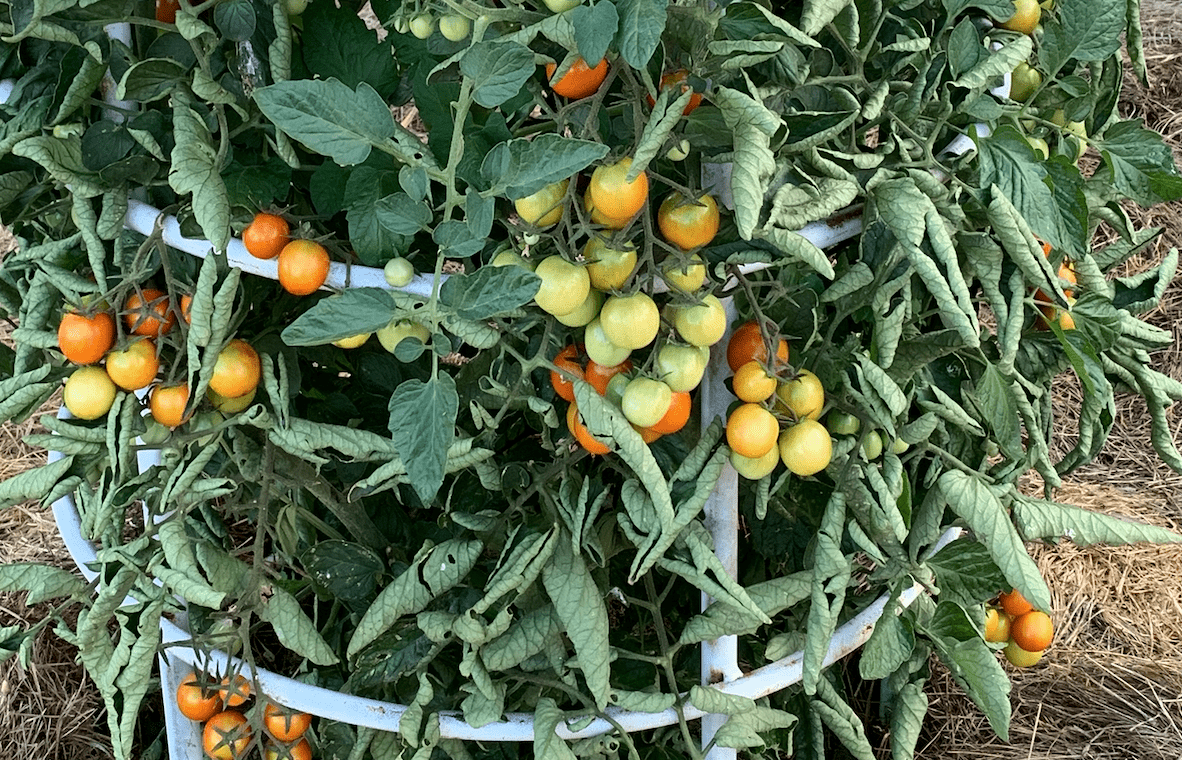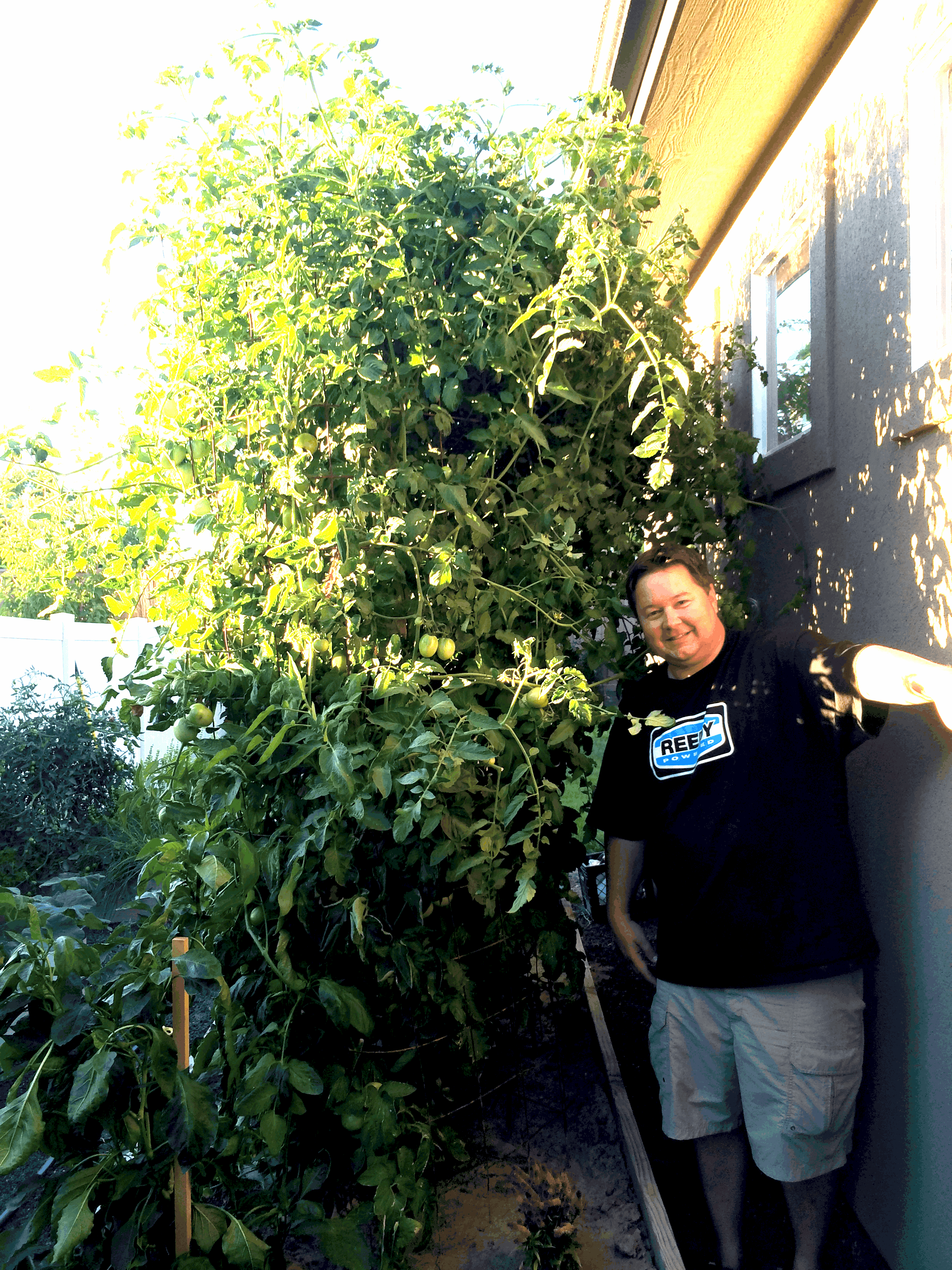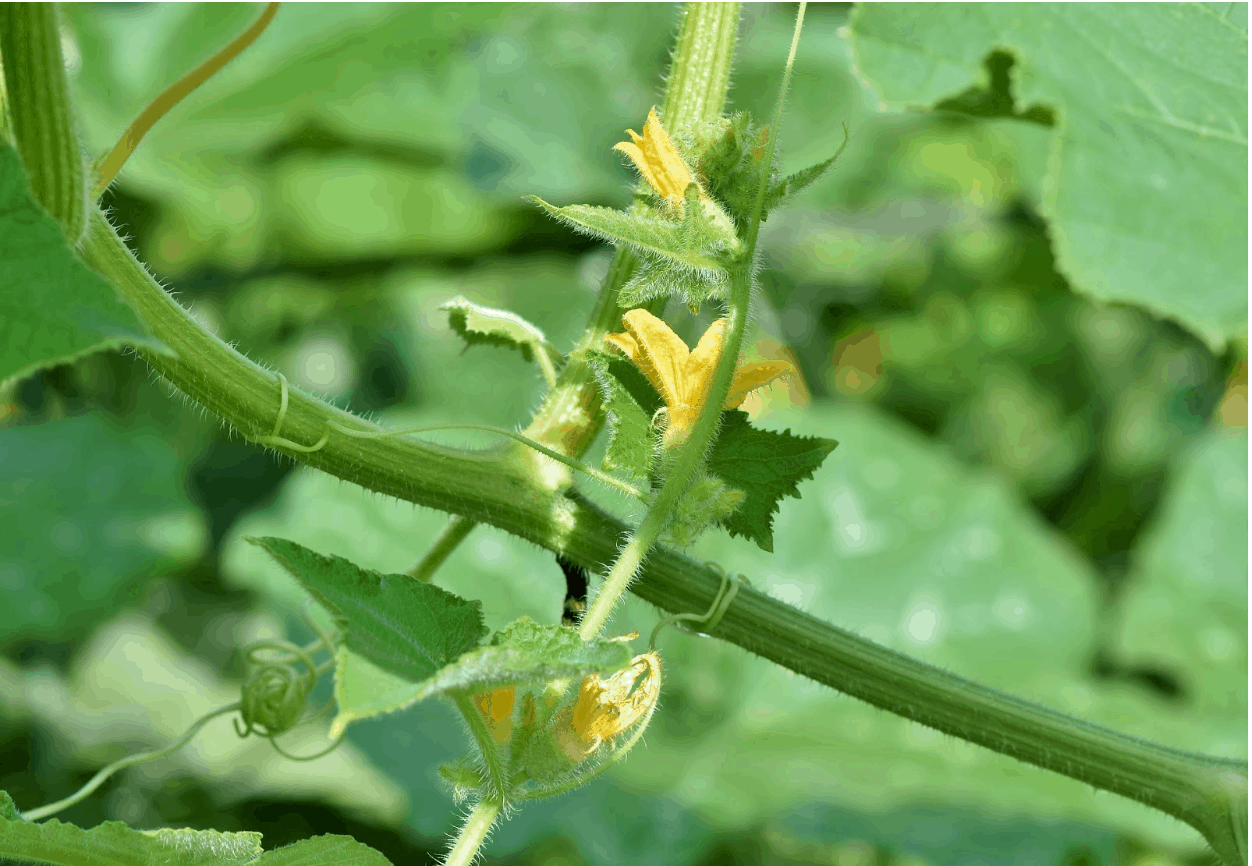Phosphorus (P) is one of three essential macronutrients that plants need to grow. It is needed for cell division, the formation of roots, flowering, and the production of seeds. Too much phosphorus, however, can be detrimental to your tomatoes and to the environment.
Symptoms of High Phosphorus Levels in Tomatoes
A soil test is the best way to understand the specific needs of your garden, but your plants will also let you know if phosphorus levels are too high. Stunted plant growth is likely the first symptom you will notice. Phosphorus is often found in solid form in the soil and is not very soluble in water. It binds easily with other minerals and locks them up so the plants can not use them as well. High phosphorus will interfere with nitrogen absorption, so the plant will lack growth in its stem and foliage, causing a stunted appearance.
Phosphorus can also lock up other nutrients like zinc, iron, calcium, and cobalt. Effects from these deficiencies can lead to bleaching of tissue (zinc), yellowing between the leaf veins (iron), and blossom end rot (calcium). Too much phosphorus will likely also reduce the quantity of tomatoes you receive at harvest time.
Effects of Excess Phosphorus on the Environment
Your plants are not the only thing that will suffer from excess phosphorus. Most phosphate comes in rock form. The supply of rock phosphorus will eventually run out, so other more sustainable forms (like organic bone meal) should be considered.
Phosphorus can also contaminate waterways. As it is leached out of the soil through rain or irrigation, it can enter streams, rivers, and lakes. Excess levels of phosphates leads to overgrowth of algae and other floating weeds. These weeds can get out of control, which in turn drops oxygen levels, wipes out fish and other aquatic life, and limits recreational opportunities. Fertilizers in lakes and rivers are becoming a huge problem around the country.
How to Deal with High Phosphorus Levels
Once you realize that your levels are too high, it is important not to add more to your soil. Stop adding synthetic fertilizers containing phosphorus and adjust how much manure and compost you use as well. Add more carbon (brown) ingredients to the soil until phosphate levels have decreased. Certain plants, like celery, tomatoes, and potatoes are good at removing phosphorus from the soil, so growing these may help to slowly return your soil to good levels.
Best Tomato Fertilizer
Synthetic fertilizers that contain phosphorus can build up in the soil and create problems if they are not applied correctly. We recommend using natural products that break down more slowly, provide steady nutrients to the plants, and help build up the soil by feeding the microbes. Dr. JimZ Tomato Secret is the best tomato fertilizer because it does all of these important things. With 12 natural ingredients, Tomato Secret is biologically correct and designed to help you grow bigger, healthier, and tastier tomatoes. Visit drjimz.com today to learn more.



